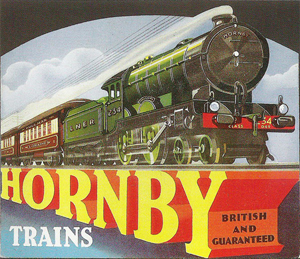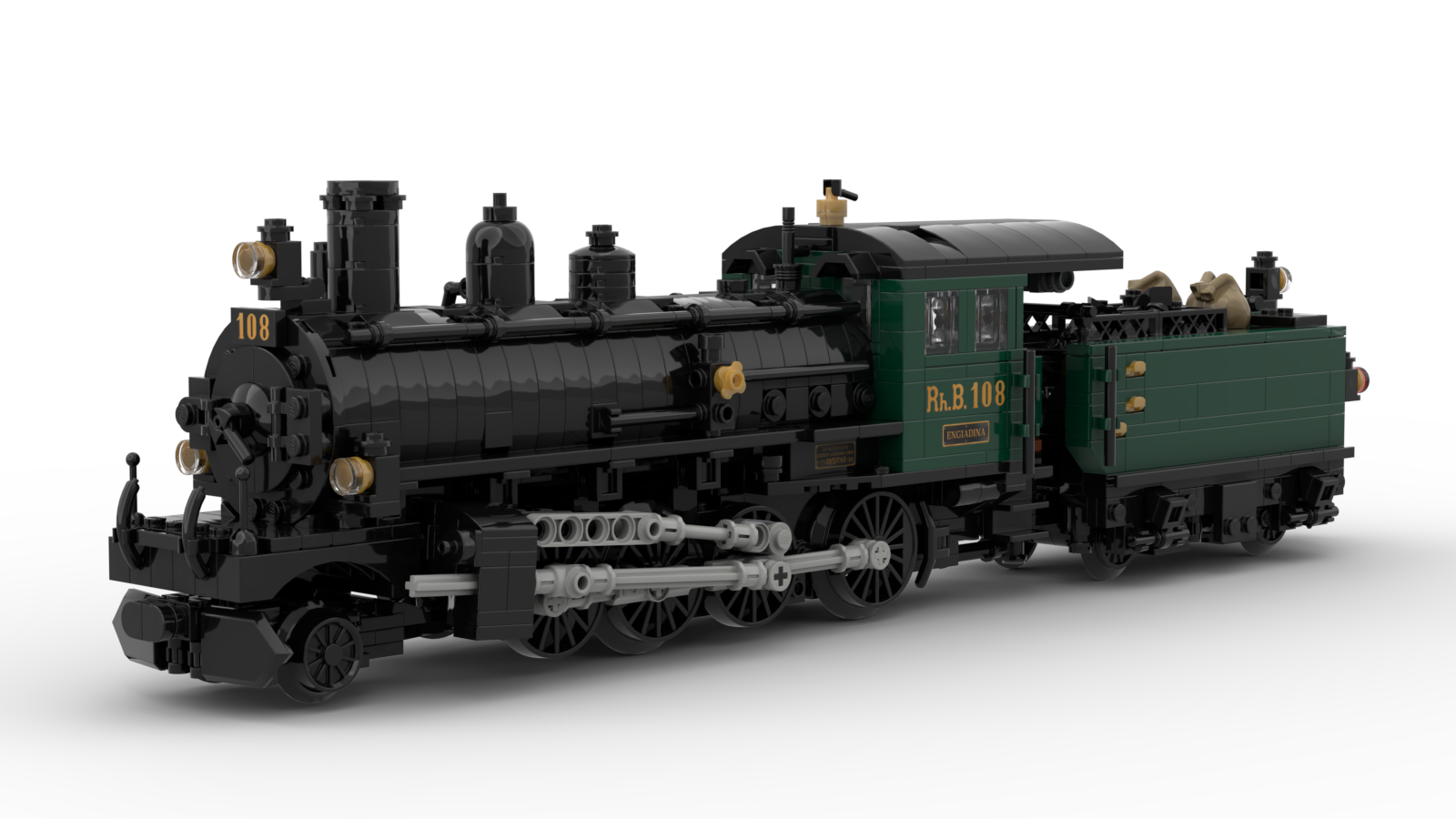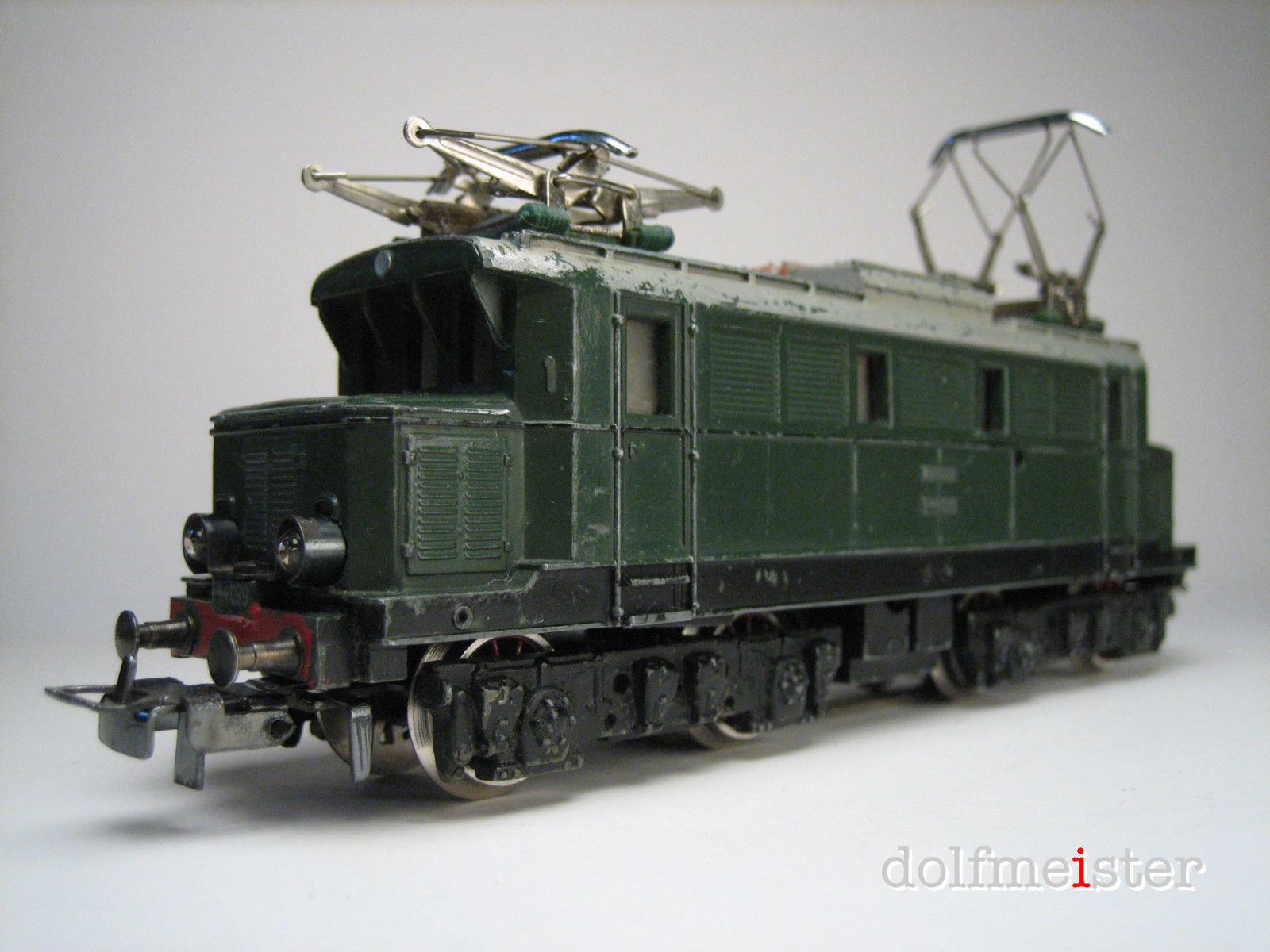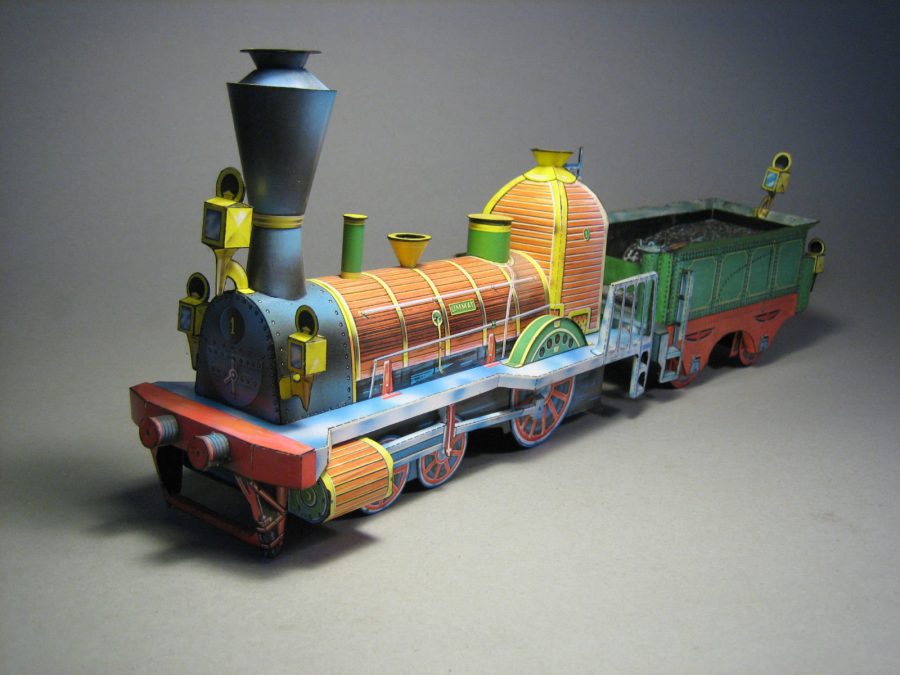…history
Railways have fascinated people ever since England’s Stockton and Darlington Railway was opened to traffic in 1825. The “flaming horses” of the period inspired awe and fear, and they made the industrial revolution possible. For the first time in history, man could travel faster than a horse could gallop, and heavy loads could easily be transported over great distances.

A period drawing of Robert Stephenson’s “Rocket” circa 1829
Model railways actually precede the real thing, as the early engineers used miniature models to test, with varying degrees of success, their ideas and inventions. Model railways as toys became popular not long after; the earliest model trains being crude representations of the prototype, which were pulled along on the floor. Later on, steam powered models were introduced. They became known as “Birmingham Dribblers”, due to their origin and tendency of leaving behind slicks of oily water. They were usually spirit-fired, a system not altogether free of danger!
The “flaming horses” of the period inspired awe and fear
Around the beginning of the 20th Century, manufacturers started turning out toy trains in vast numbers. They were made of tin-plated sheet steel with cast metal parts and powered by clockwork mechanisms. Nuremberg in Germany was a major centre of toy manufacturers around that time, and to this day, Europe’s premier toy trade fair is held there each year. Famous toy companies of that era include Bing, Märklin and Karl Bub on the Continent and Basset Lowke in the United Kingdom. These companies were manufacturing parts or entire trains for each other and marketed them under their respective names.

A French version of a ‘Birmingham Dribbler” by Radiguet, circa 1880.
The horrors of World War I left an unpleasant taste in the mouths of the allied nations, and goods made in Germany were frowned upon in the United Kingdom in particular. One entreprenneur to take advantage of the situation was Frank Hornby, already famous for his Meccano construction sets. In the 1920’s, Meccano introduced Hornby 0-gauge trains. The first models were of nut-and-bolt costruction and ran on simple tin-plate track. The idea was a huge success, and the range was expanded to include everything a boy could want for his own railway empire. The crowning glory of products out of the Meccano works was undoubtedly the LMS “Princess Elizabeth” Pacific engine, an exceptionally rare and sought after model today.
A 1930’s Hornby Trains advertisement
The outbreak of World War II in 1939 put a swift end to toy production in the UK and the Continent, and factories everywhere were pressed into war service. Instead of trains and dolls, toy manufacturers produced shells and amunition. Even after the war ended, toys took a number of years to be manufactured once again, due to the scarcity of raw materials. Hornby’s 0-gauge trains never attained the splendid variety they had enjoyed before the war, the range being reduced in favour of the new Hornby Dublo (00-gauge) trains.
Catalogue illustration of Märklin’s impressive GN800 DB Class 44 freight locomotive of 1956.
The 1950’s were the heyday of the “table top” railways. Modern manufacturing processes enabled the production of finely detailed models in small scales. Hornby became the market leader in the UK; its continental counterpart being Märklin. Both manufacturers developed complete model raiway systems with everything including locomotives, passenger and freight rolling stock, tracks, signals, railway stations, engine sheds, turntables and controllers… things that were built ot last a lifetime, and this era I am rather fond of.



